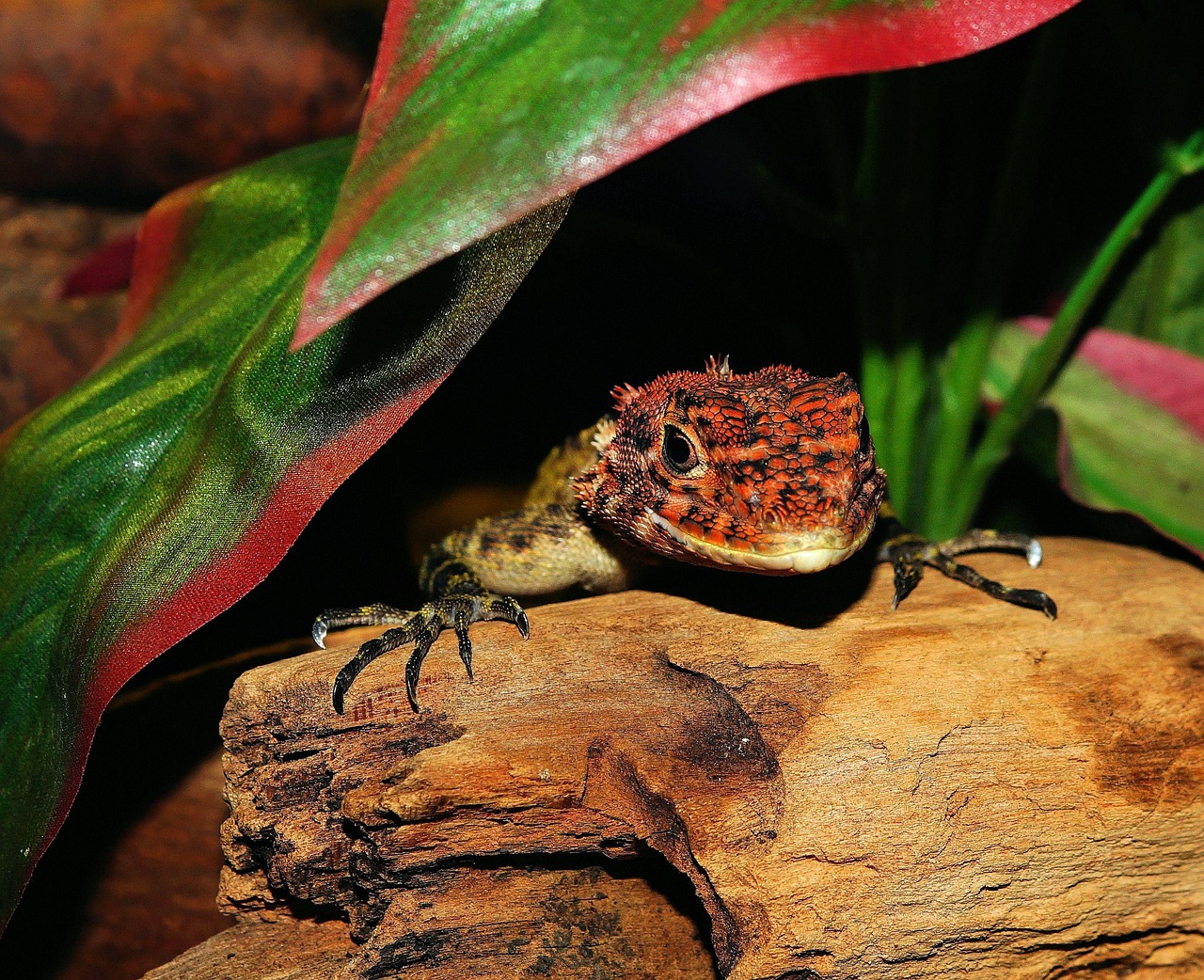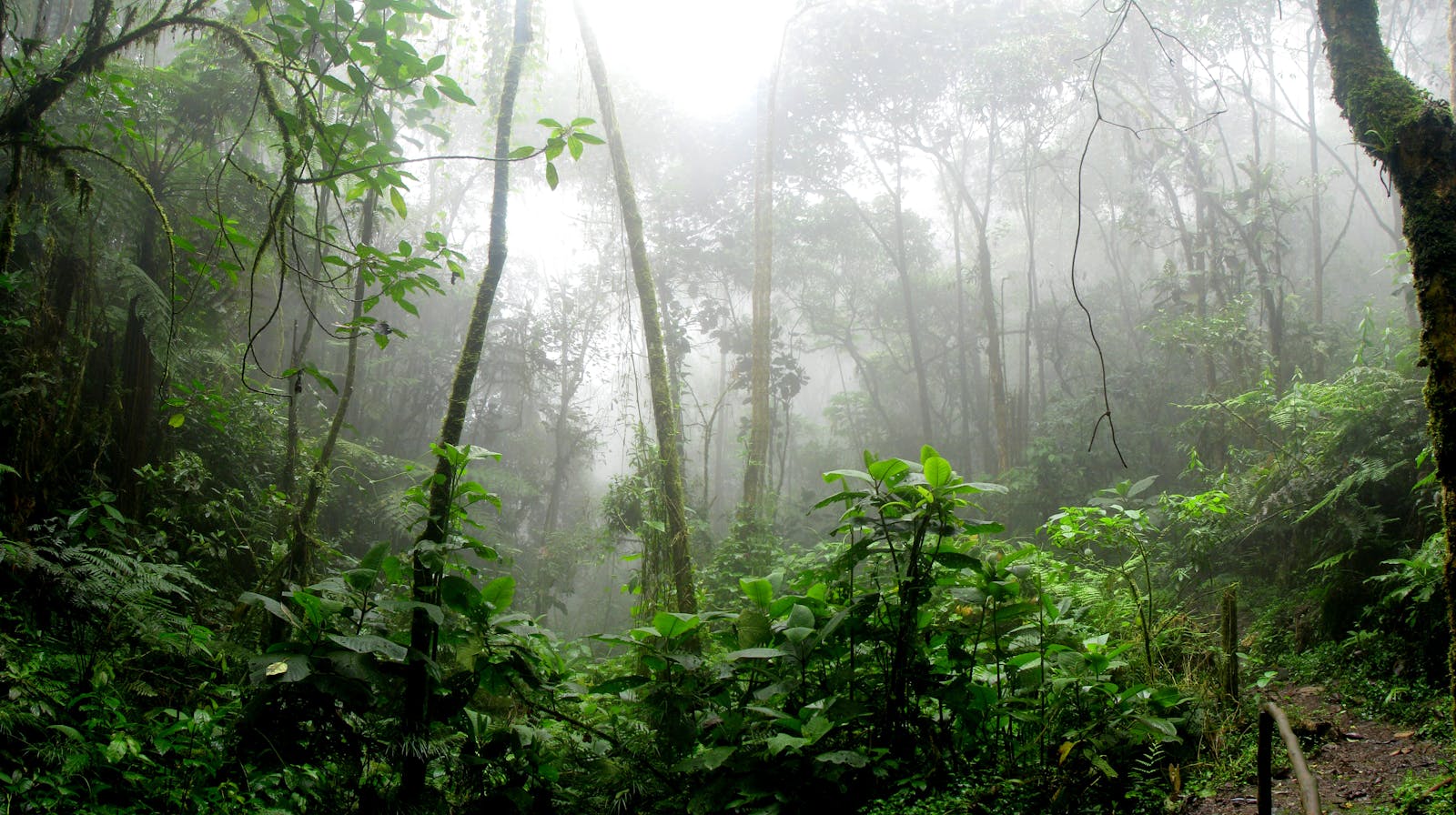In a world where biodiversity faces unprecedented threats, reptiles stand among the most vulnerable yet overlooked animal groups. With nearly one in five reptile species facing extinction, their conservation has become increasingly critical. Modern zoos have evolved far beyond their origins as mere entertainment venues, transforming into crucial players in global conservation efforts. Today’s zoological institutions serve as arks for endangered species, centers for groundbreaking research, and powerful platforms for public education about reptile conservation. This article explores how zoos contribute to reptile conservation worldwide, examining their multifaceted approaches to preserving these ancient, remarkable creatures for future generations.
The Modern Conservation Zoo: Beyond Entertainment
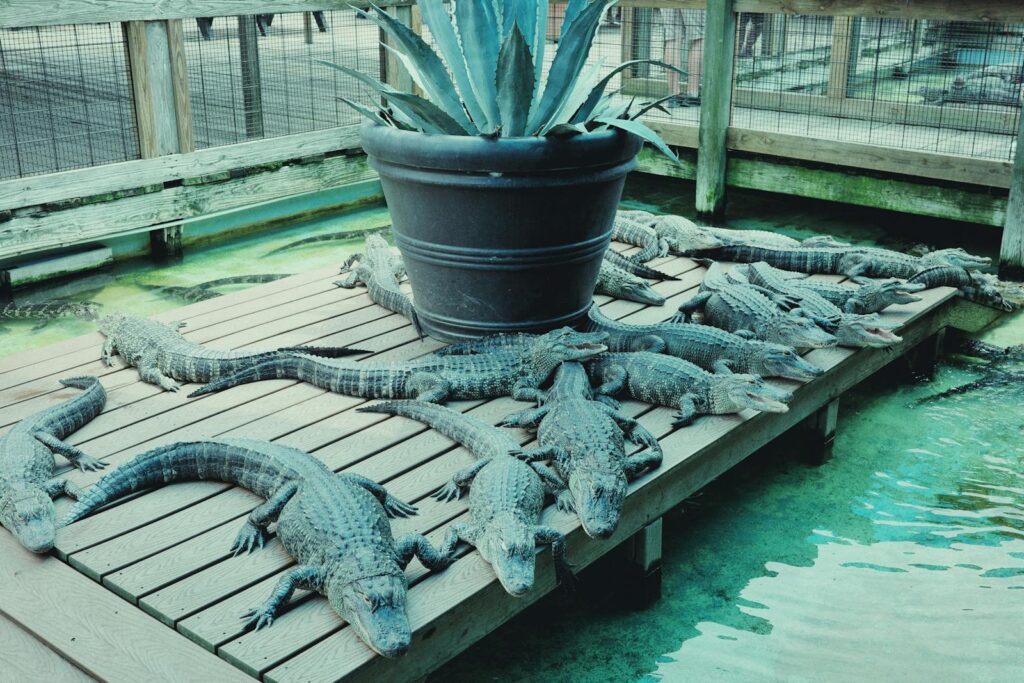
The contemporary zoo bears little resemblance to its historical predecessors, having undergone a fundamental shift in mission and purpose over recent decades. While Victorian-era menageries primarily showcased exotic animals as curiosities, today’s accredited zoos operate under conservation-focused mandates that prioritize animal welfare, habitat preservation, and species survival. For reptiles specifically, modern facilities have developed specialized expertise in replicating complex environments—from tropical rainforests to arid deserts—allowing these sensitive creatures to thrive and reproduce. Many major zoos now allocate significant resources toward conservation programs both within their facilities and in wild habitats, with reptile conservation gaining increasing attention as awareness of their ecological importance grows. This evolution represents a profound transformation in how zoos approach their responsibility toward wildlife preservation, particularly for less charismatic species like reptiles that often receive less public support than mammals or birds.
Breeding Programs for Endangered Reptiles
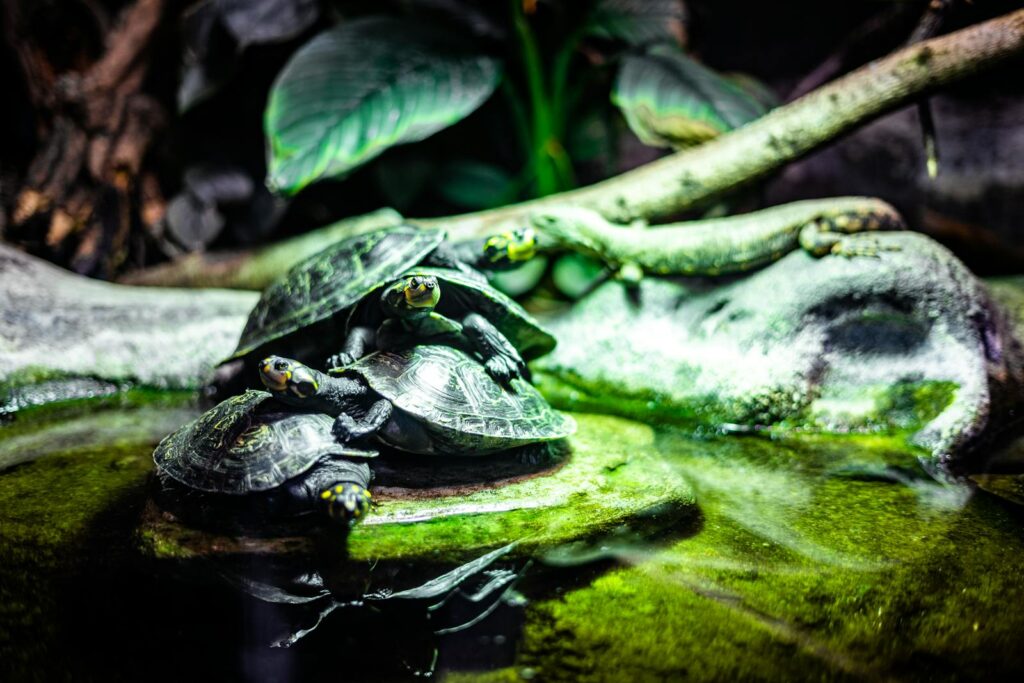
Captive breeding programs represent one of the most direct ways zoos contribute to reptile conservation, particularly for critically endangered species. These programs involve meticulous genetic management to maintain healthy, diverse populations that serve as insurance against extinction in the wild. The Komodo dragon breeding program stands as a notable success story, with zoos like the San Diego Zoo successfully breeding these massive reptiles since 1992, contributing valuable knowledge about their reproduction and behavior while establishing viable captive populations. For smaller, less known species like the Jamaican iguana or the Philippine crocodile, zoo breeding programs have proven literally lifesaving, bringing species back from the brink of extinction through carefully coordinated breeding efforts across multiple institutions. Such programs require extraordinary expertise in areas including reproductive biology, nutritional requirements, behavioral needs, and genetic management—specialized knowledge that zoos have developed over decades of focused reptile conservation work.
Reintroduction Projects: From Captivity to the Wild
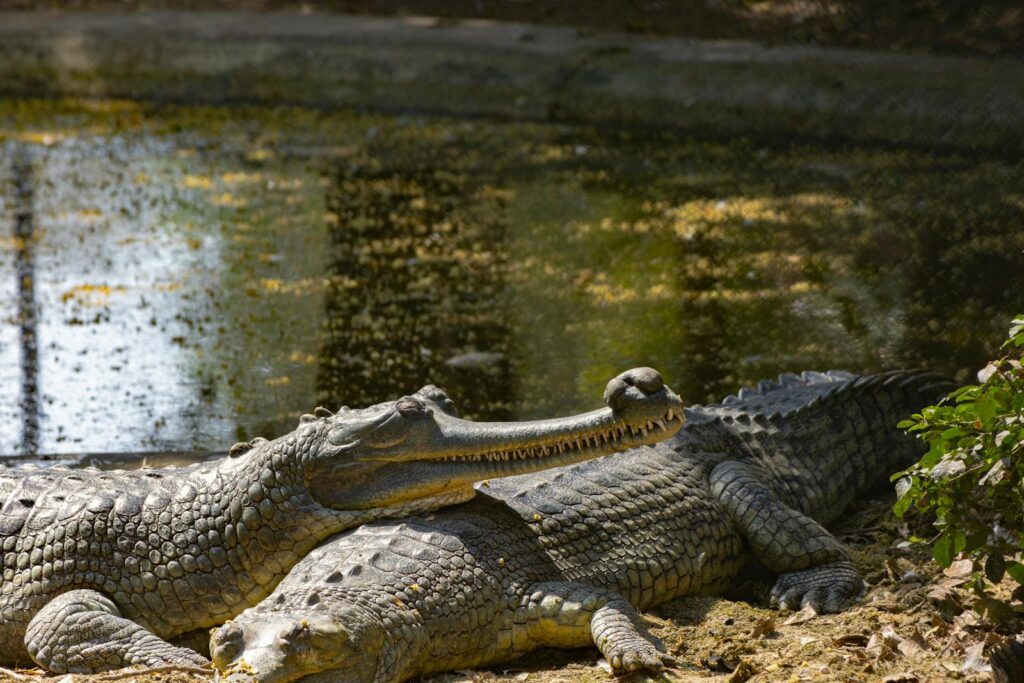
The ultimate goal of many zoo conservation programs is the reintroduction of captive-bred reptiles into their natural habitats, restoring wild populations that have dwindled or disappeared entirely. These projects represent complex, long-term commitments requiring coordination between zoological institutions, governmental agencies, local communities, and conservation organizations. The Jamaican iguana reintroduction project stands as a landmark success, with captive-bred individuals from several zoos helping to rebuild a wild population that had been reduced to fewer than 50 individuals. Similarly, the Grand Cayman blue iguana recovery program has seen its target species upgraded from functionally extinct to endangered, thanks largely to breeding and reintroduction efforts spearheaded by zoos. Successful reintroductions require not just healthy animals but also extensive habitat protection, predator management, disease prevention, and post-release monitoring—showcasing how zoo involvement extends far beyond simply breeding reptiles in captivity.
Specialized Facilities for Reptile Conservation
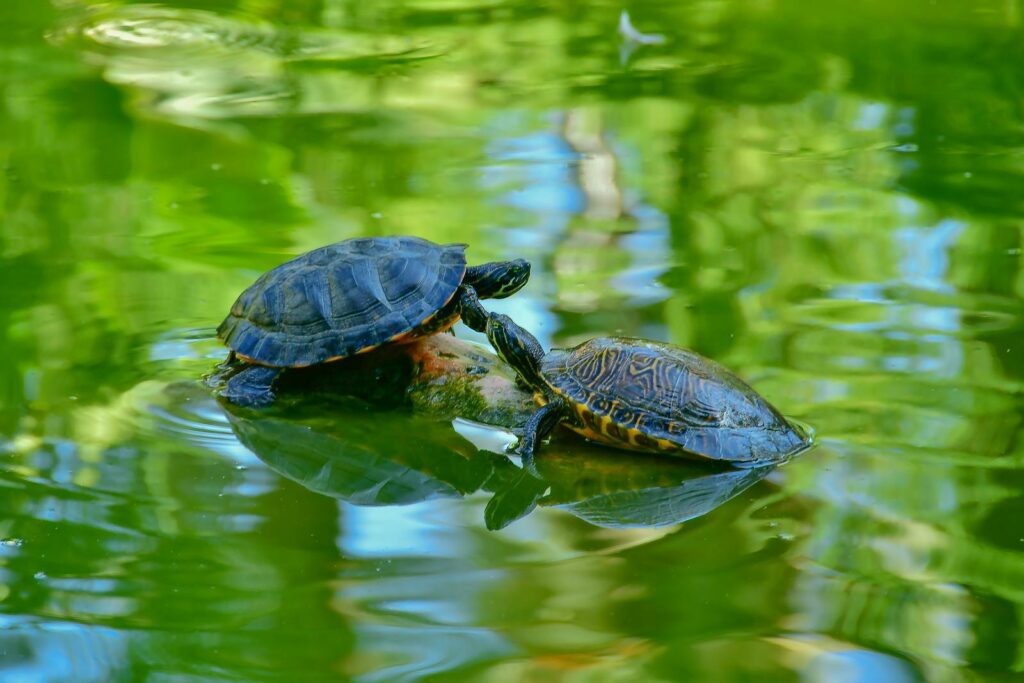
Many zoos have developed dedicated reptile conservation centers that combine public education with behind-the-scenes breeding and research facilities specifically designed for challenging species. These specialized facilities feature precisely controlled environments that can replicate seasonal changes, rainfall patterns, and temperature fluctuations necessary to trigger natural breeding behaviors in reptiles. The Bronx Zoo’s Center for Global Conservation maintains dedicated space for endangered turtles and tortoises, while the Cincinnati Zoo’s Center for Conservation and Research of Endangered Wildlife includes laboratories specifically focused on reptile reproductive biology. Such facilities often incorporate quarantine areas, incubation rooms with specialized equipment, juvenile rearing spaces, and veterinary clinics equipped to handle the unique medical needs of reptiles. These purpose-built centers represent significant institutional investments in reptile conservation, demonstrating how zoos have prioritized these often-overlooked species despite their typically lower public appeal compared to mammals.
Research Contributions to Reptile Science
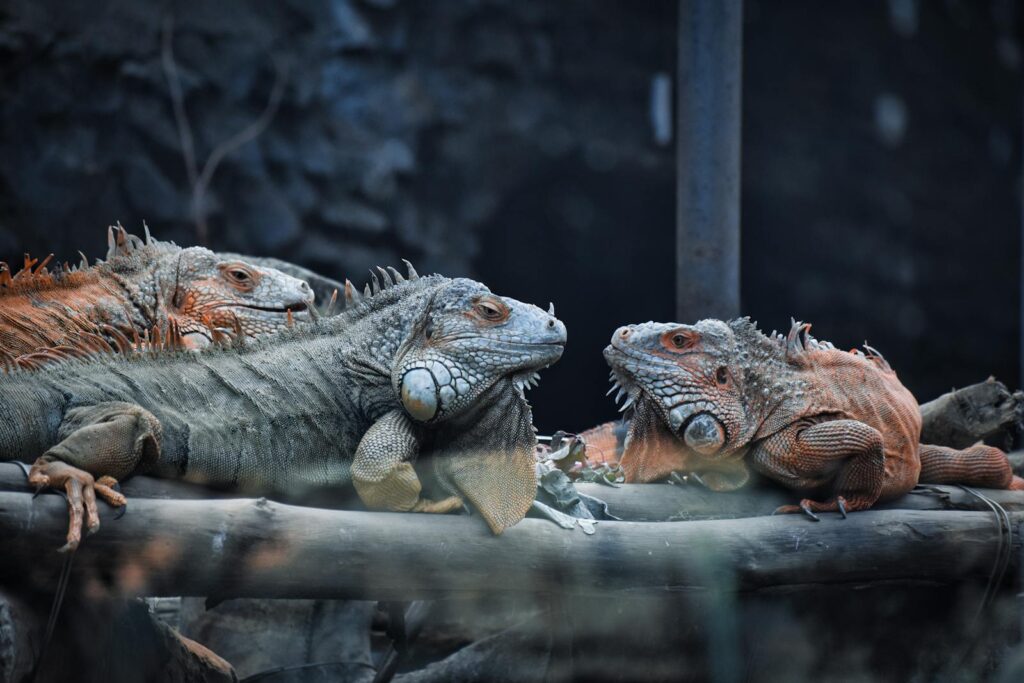
Zoos make substantial contributions to scientific knowledge about reptiles through research that would be difficult or impossible to conduct in wild settings. By maintaining reptiles in controlled environments, zoo scientists can study aspects of physiology, behavior, reproduction, and disease that remain poorly understood for many species. The Saint Louis Zoo’s research on box turtle health has advanced understanding of disease threats facing these declining species, while work at the San Diego Zoo has unlocked mysteries of reptile nutrition that benefit both captive and wild conservation efforts. Many zoos collaborate with academic institutions on cutting-edge research, such as the Smithsonian National Zoo’s partnerships investigating reptile genomics and reproductive physiology. These research contributions extend beyond immediate conservation applications, advancing fundamental biological knowledge about some of Earth’s most ancient vertebrate lineages and establishing scientific foundations for future conservation initiatives.
Reptile Banks: Preserving Genetic Diversity
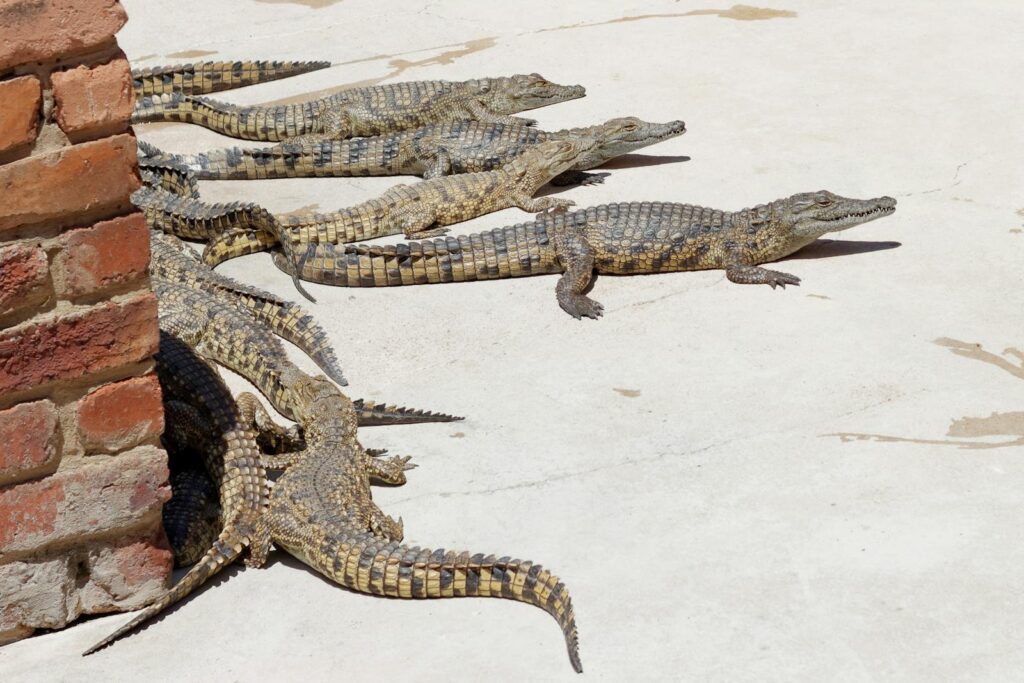
Forward-thinking zoos have established biobanks that preserve genetic material from reptiles, creating invaluable resources for conservation and research. These facilities collect, process, and cryogenically store samples including sperm, eggs, embryos, blood, and tissue from numerous reptile species, particularly those facing extinction threats. The San Diego Zoo Wildlife Alliance’s Frozen Zoo maintains genetic materials from numerous reptile species, providing insurance against genetic bottlenecks and potential options for future reproductive interventions. Such biobanks serve as genetic libraries that may prove crucial as technology advances, potentially allowing scientists to restore genetic diversity to diminished wild populations or even resurrect extinct species in the future. The genetic preservation work conducted through these facilities represents a long-term investment in reptile conservation, acknowledging that some species may require genetic intervention to survive the biodiversity crisis currently unfolding across the planet.
Habitat Conservation Partnerships
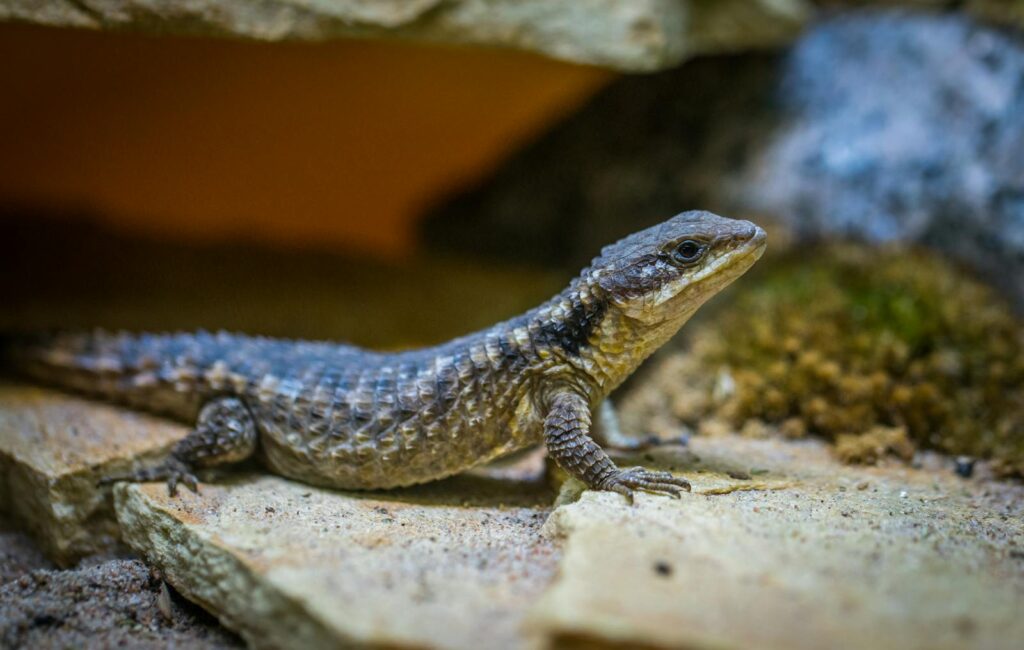
Many zoos extend their conservation impact far beyond their own facilities by directly supporting habitat protection initiatives for reptiles in the wild. These partnerships often involve financial support for land acquisition or protection, technical assistance for habitat management, and collaboration with local conservation organizations in reptile-rich regions. The Wildlife Conservation Society, which operates several major zoos, manages protection programs for critical reptile habitats worldwide, including nesting beaches for marine turtles and remaining forest fragments housing endangered tortoises. The Houston Zoo’s support for habitat conservation in Madagascar has helped protect critical areas for numerous endangered reptile species found nowhere else on Earth. By leveraging their financial resources, scientific expertise, and public platforms, zoos can dramatically amplify conservation efforts in regions where reptiles face serious habitat threats, often supporting projects in areas that might otherwise receive little conservation attention.
Public Education and Reptile Awareness
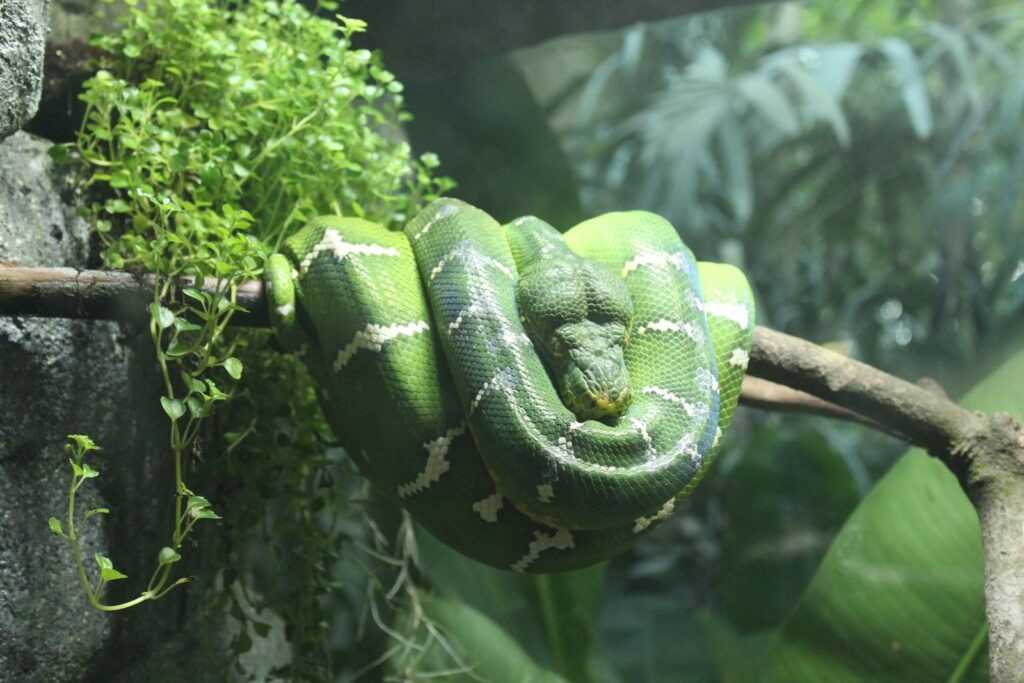
Perhaps one of the most significant conservation contributions zoos make comes through their ability to transform public perceptions about reptiles, creatures often feared or misunderstood by much of the population. Through thoughtfully designed exhibits, educational programming, and interpretive materials, zoos help millions of visitors develop appreciation for reptiles’ ecological importance and conservation challenges. The Bronx Zoo’s award-winning reptile exhibits incorporate storytelling techniques that highlight conservation issues while dispelling harmful myths about these animals. Many zoos offer behind-the-scenes experiences with reptile keepers or special educational programs focused on snakes, turtles, and lizards, creating deeper connections with animals that might otherwise remain mysterious or frightening to many visitors. This educational function serves as a powerful catalyst for conservation, creating informed citizens more likely to support protection efforts for reptiles and their habitats.
Combating the Exotic Pet Trade
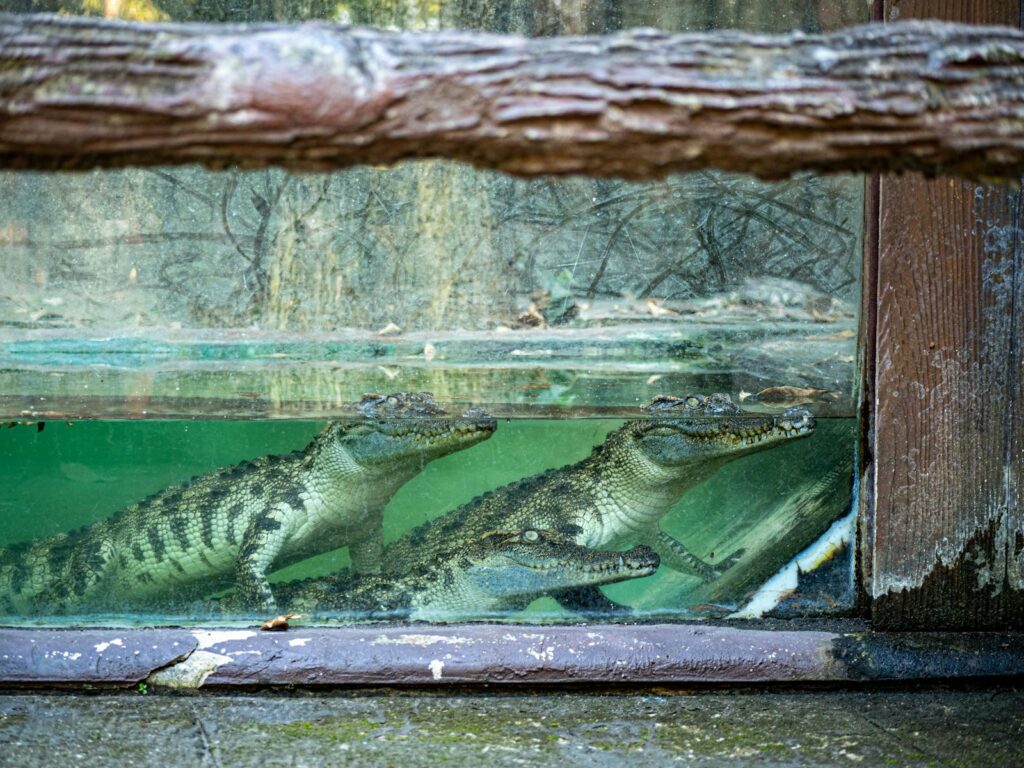
The illegal and unsustainable wildlife trade represents one of the greatest threats to many reptile species, and zoos play crucial roles in addressing this complex challenge. Many zoological institutions provide expertise and housing for confiscated reptiles seized from illegal trafficking operations, preventing these animals from being euthanized and sometimes incorporating them into breeding programs. Zoos like Jacksonville Zoo maintain specialized facilities designed specifically to accommodate large numbers of confiscated reptiles, particularly turtles and tortoises frequently targeted by traffickers. Educational campaigns at zoos highlight the devastation caused by the exotic pet trade and encourage responsible consumer choices that don’t contribute to wild collection pressures. Some zoos even participate directly in enforcement efforts, with staff providing species identification expertise for customs officials and serving as expert witnesses in wildlife trafficking cases involving reptiles.
Technological Innovations for Reptile Conservation
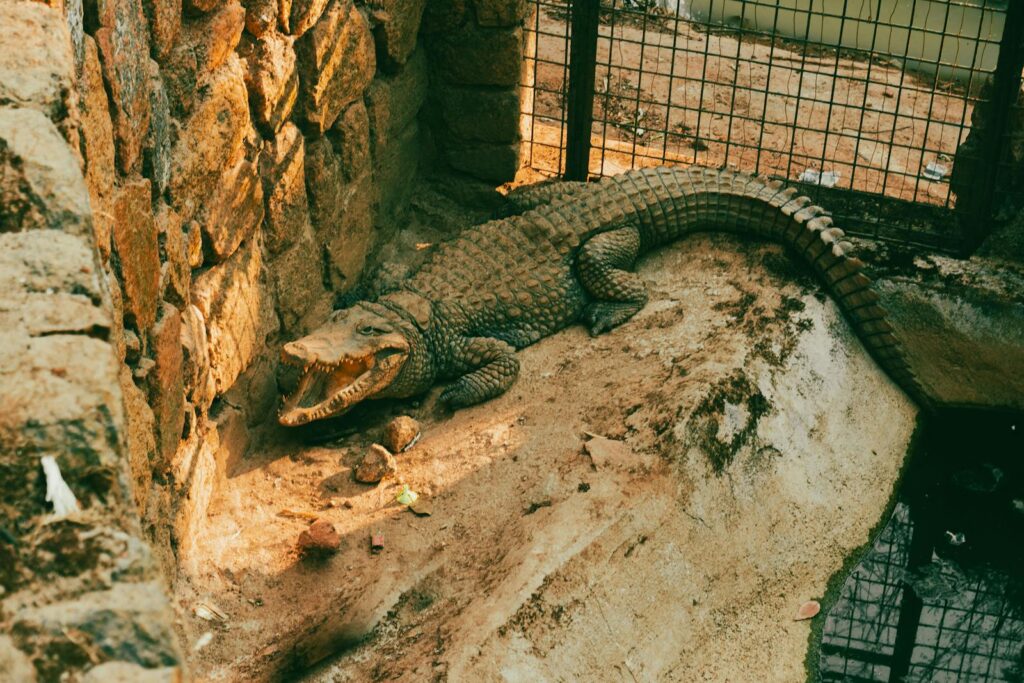
Zoos often serve as incubators for technological innovations that advance reptile conservation both in captivity and the wild. Advanced environmental monitoring systems developed for zoo habitats have been adapted for field use, allowing conservationists to better understand and protect wild reptile environments. Sophisticated incubation technologies pioneered by zoos have proven crucial for species like the tuatara, whose sex determination depends on precise temperature control during development. Several major zoos have implemented drone monitoring technologies to track reintroduced reptiles or survey potential release sites, dramatically improving data collection while minimizing disturbance to sensitive habitats. These technological contributions demonstrate how zoos function as conservation laboratories, developing and refining tools that benefit reptile conservation efforts worldwide while continuously improving husbandry practices for species in human care.
Crisis Response for Reptile Emergencies
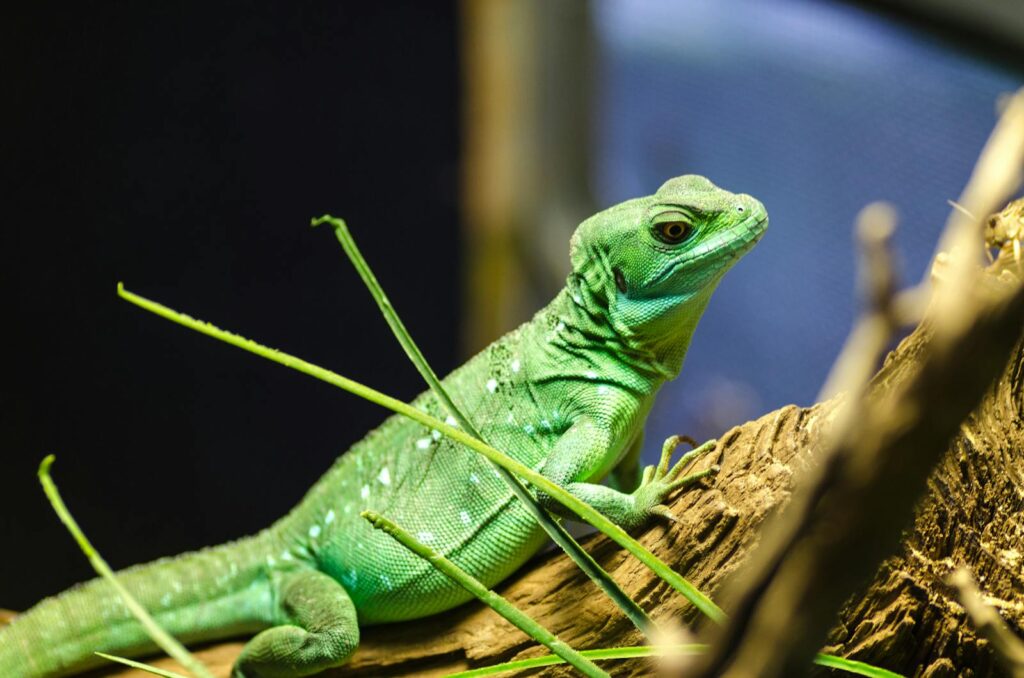
When reptile populations face sudden emergencies like disease outbreaks, natural disasters, or immediate habitat threats, zoos often mobilize rapidly to provide critical assistance. During the devastating Australian bushfires of 2019-2020, several zoos established emergency rescue and rehabilitation programs for affected reptiles, including endangered species with small remaining populations. The “amphibian ark” initiative, though focused primarily on amphibians, includes numerous zoos working to rescue reptile species facing similar extinction crises from emerging pathogens. Zoos like Zoo Atlanta have deployed staff to assist with mass sea turtle strandings, providing veterinary care and rehabilitation facilities during unusual mortality events. This emergency response capacity represents a unique conservation contribution, as zoos maintain the facilities, expertise, and organizational flexibility needed to quickly address unforeseen threats to reptile populations that might overwhelm other conservation organizations.
Challenges and Ethical Considerations
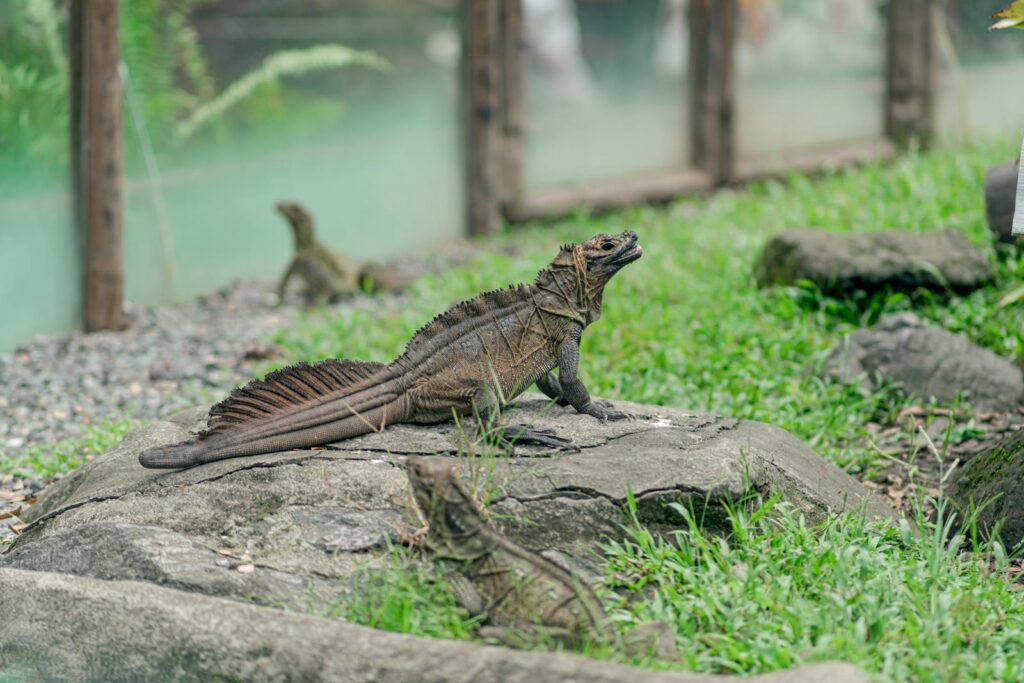
Despite their significant conservation contributions, zoos face legitimate challenges and ethical questions regarding their role in reptile conservation. Some critics question whether resources might be better directed toward habitat protection rather than expensive captive breeding programs, particularly for species with limited reintroduction prospects. Ethical debates continue regarding the appropriate balance between conservation needs and individual animal welfare, especially for species like large crocodilians that require extensive space and complex environments challenging to provide in captivity. The historical legacy of zoos as collectors rather than conservers continues to influence public perceptions and institutional practices in some regions, particularly in parts of the world where conservation standards remain inconsistent across zoological facilities. Modern accredited zoos increasingly acknowledge these tensions, working through professional associations to establish and enforce best practices that balance conservation imperatives with animal welfare considerations while continually improving standards for reptile care.
Future Directions in Zoo-Based Reptile Conservation
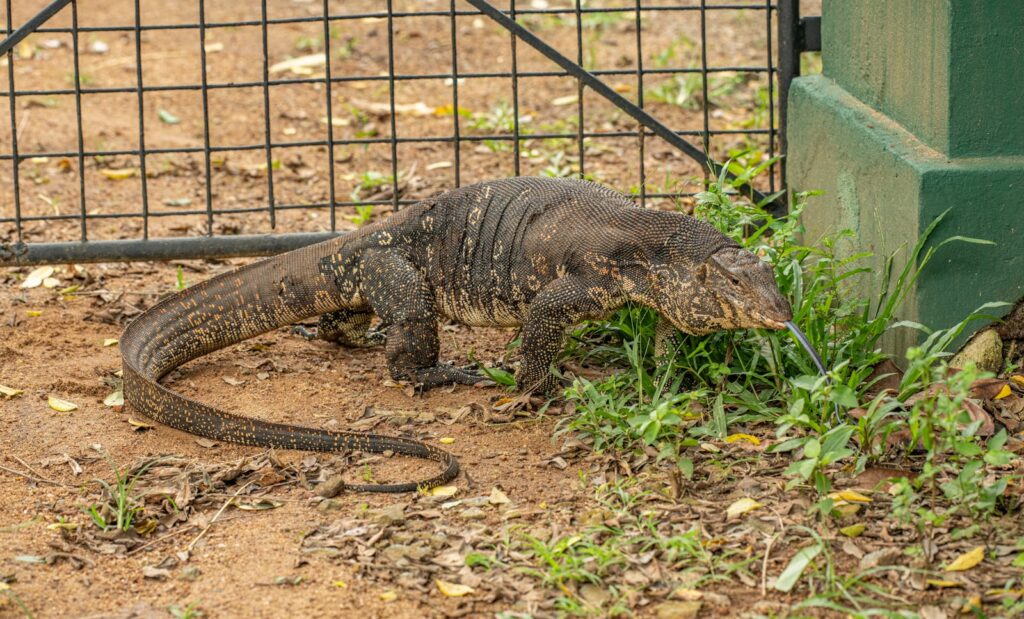
The role of zoos in reptile conservation continues to evolve, with several emerging trends likely to shape future efforts. Increasingly sophisticated technologies, including environmental DNA monitoring, genetic biobanking, and reproductive technologies, promise to enhance both captive breeding success and wild population management for threatened reptiles. Many leading zoos are shifting toward more bioregional conservation approaches, focusing resources on protecting reptile biodiversity in specific, priority ecosystems rather than attempting to address all threatened species. Collaborative conservation networks among zoos continue to strengthen, with institutions increasingly sharing expertise, genetic material, and animals to maximize conservation impact rather than maintaining isolated programs. As climate change intensifies threats to many reptile species, zoos are likely to play expanding roles as climatic refuges for species whose natural habitats may become unsuitable, potentially serving as long-term reservoirs for reptiles that might otherwise face extinction in rapidly changing environments.
Conclusion
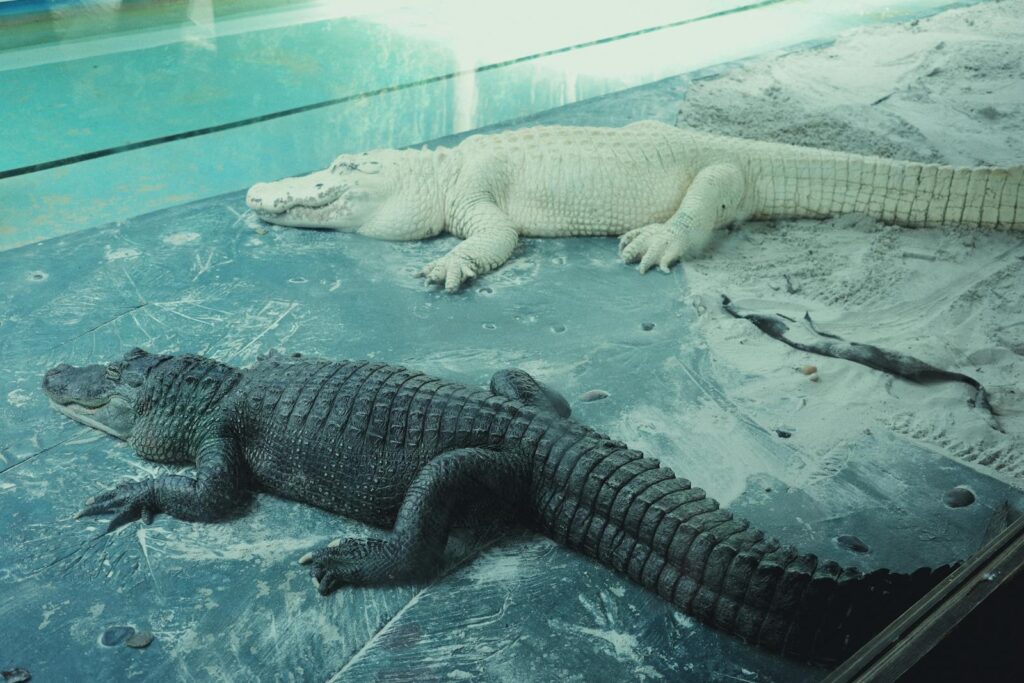
The transformation of modern zoos from entertainment venues to conservation centers represents a significant evolution in humanity’s relationship with wildlife. For reptiles specifically, this shift has created powerful allies in the fight against extinction. Through specialized breeding programs, scientific research, habitat protection, public education, and numerous other initiatives, zoos make multifaceted contributions to reptile conservation that benefit species worldwide. While challenges and ethical questions remain, the positive impact of zoological institutions on reptile conservation is undeniable. As biodiversity faces escalating threats, the continued development of zoo-based conservation programs offers hope for the survival of many reptile species that might otherwise disappear forever, preserving these remarkable animals for future generations to study, appreciate, and protect.



